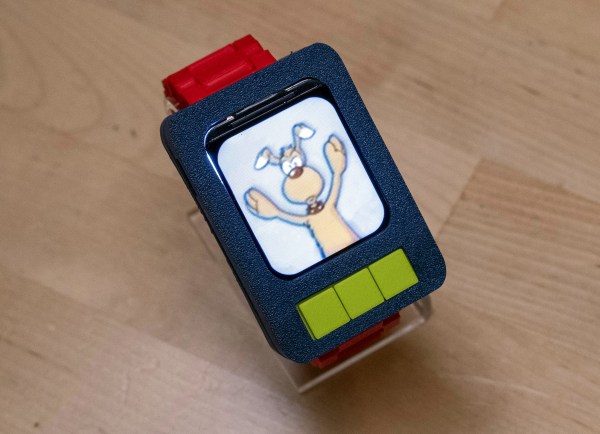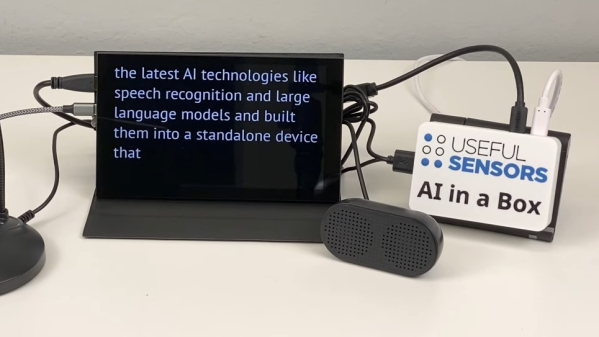Making hardware is hard. This is doubly true when you’re developing a niche hardware device that might have a total production run in the hundreds of units instead of something mass market. [Carrie Sundra] has been through the process several times, and has bestowed her wisdom on how not to screw it up.
The internet is strewn with the remains of unfulfilled crowdfunding campaigns for tantalizing devices that seemed so simple when they showed of the prototype. How does one get something from the workbench into the world without losing their life savings and reputation?
[Sundra] walks us through her process for product development that has seen several products successfully launch without an army of pitchfork-wielding fiber crafters line up at her door. One of the first concepts she stresses is that you should design your products around the mantra, “Once it leaves your shop IT SHOULD NEVER COME BACK.” If you design for user-serviceability from the beginning, you can eliminate most warranty returns and probably make it easier to manufacture your widget to boot. Continue reading “Supercon 2022: Carrie Sundra Discusses Manufacturing On A Shoestring Budget”




















